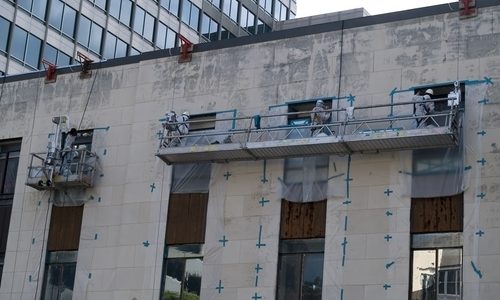
Salt weathering is a chemical process that happens to stone structures over time. Often, this will not harm the structural integrity of building, but it will mar its appearance.
If you’re unfamiliar with salt weathering, it might be easy to compare it to erosion – but the truth is that the two are quite distinct. Erosion occurs when some natural agent, such as water, ice or wind, moves past the stone object, changing its shape or position over time. Extreme examples of erosion would be the Grand Canyon or the stone structures in Monument Valley. Weathering, on the other hand, involves no movement at all. As the name suggests, the damage typically occurs as the result of weather events over a long period of time.
Read more »





